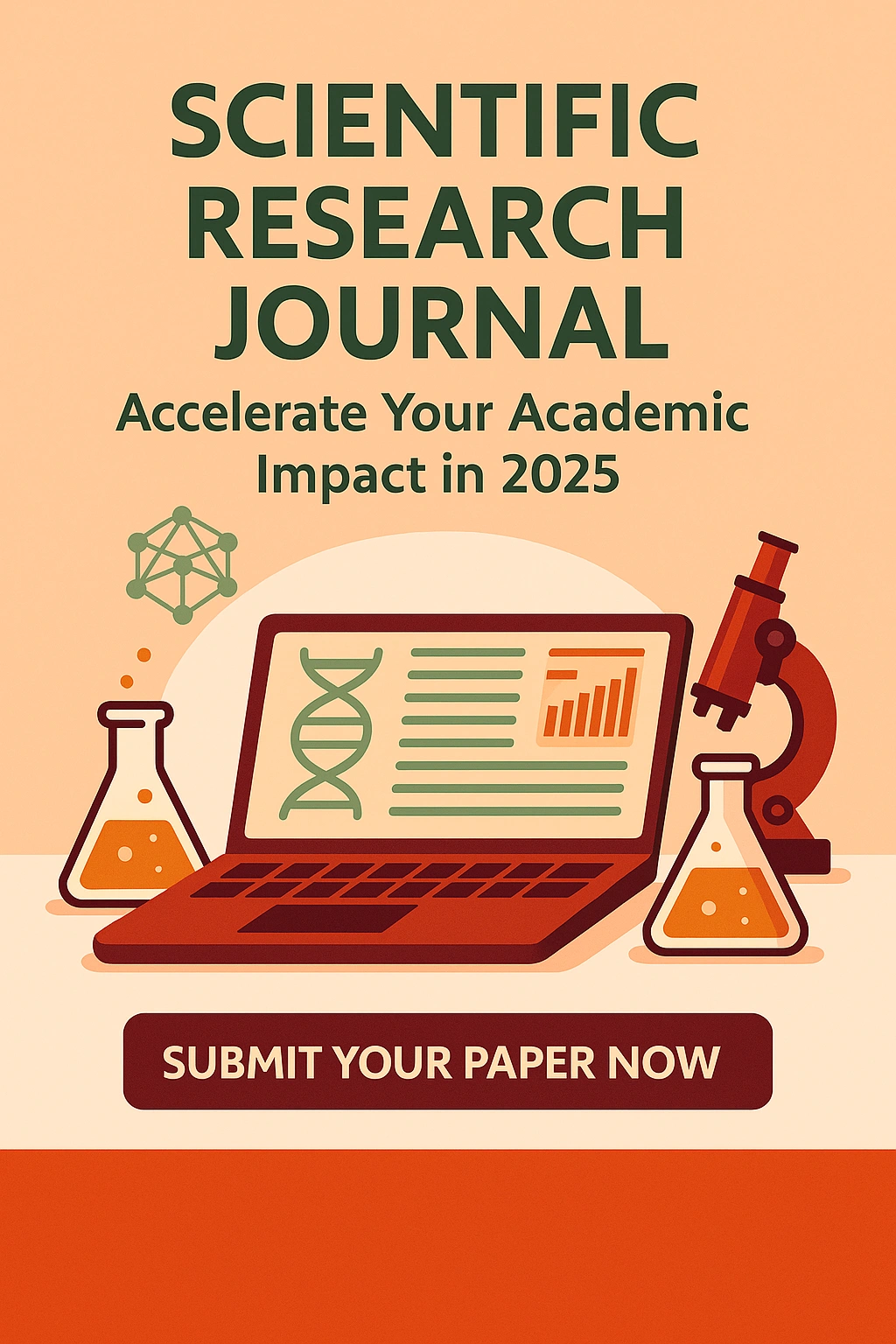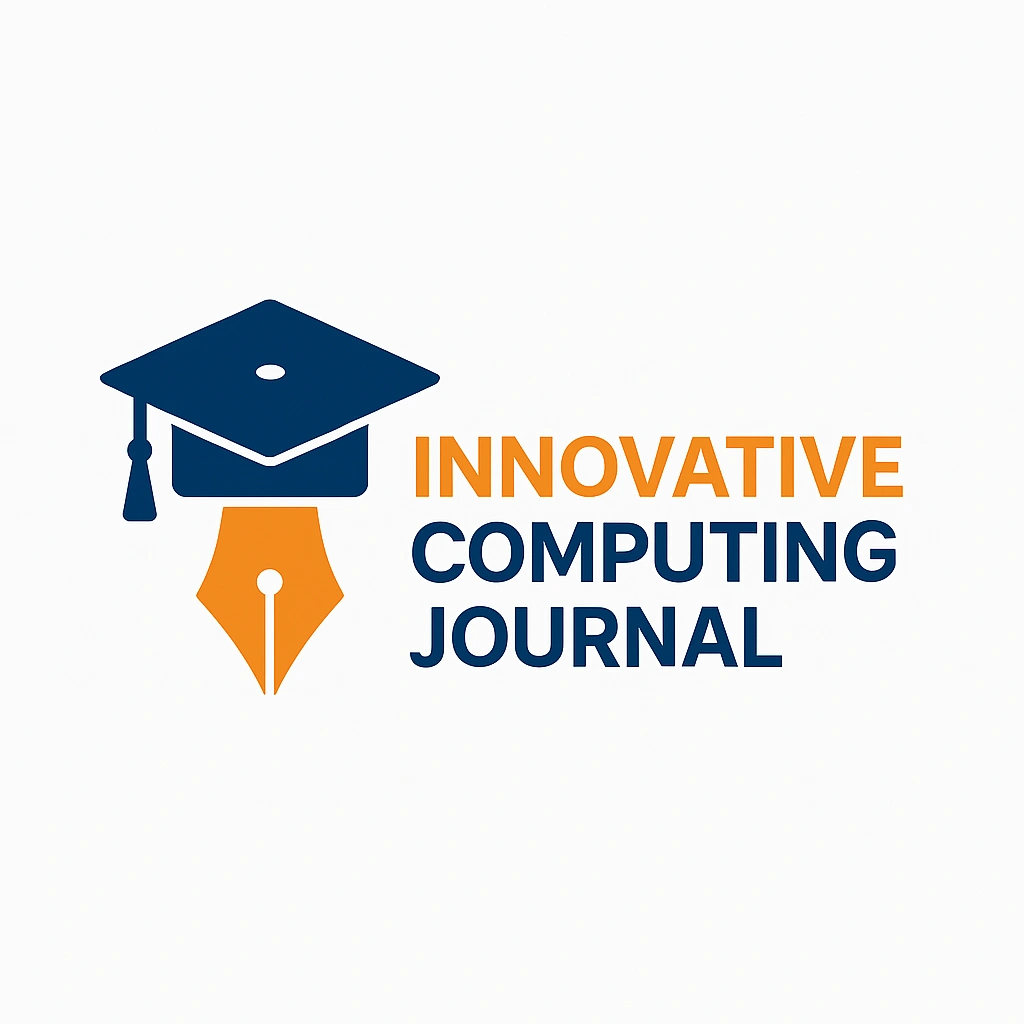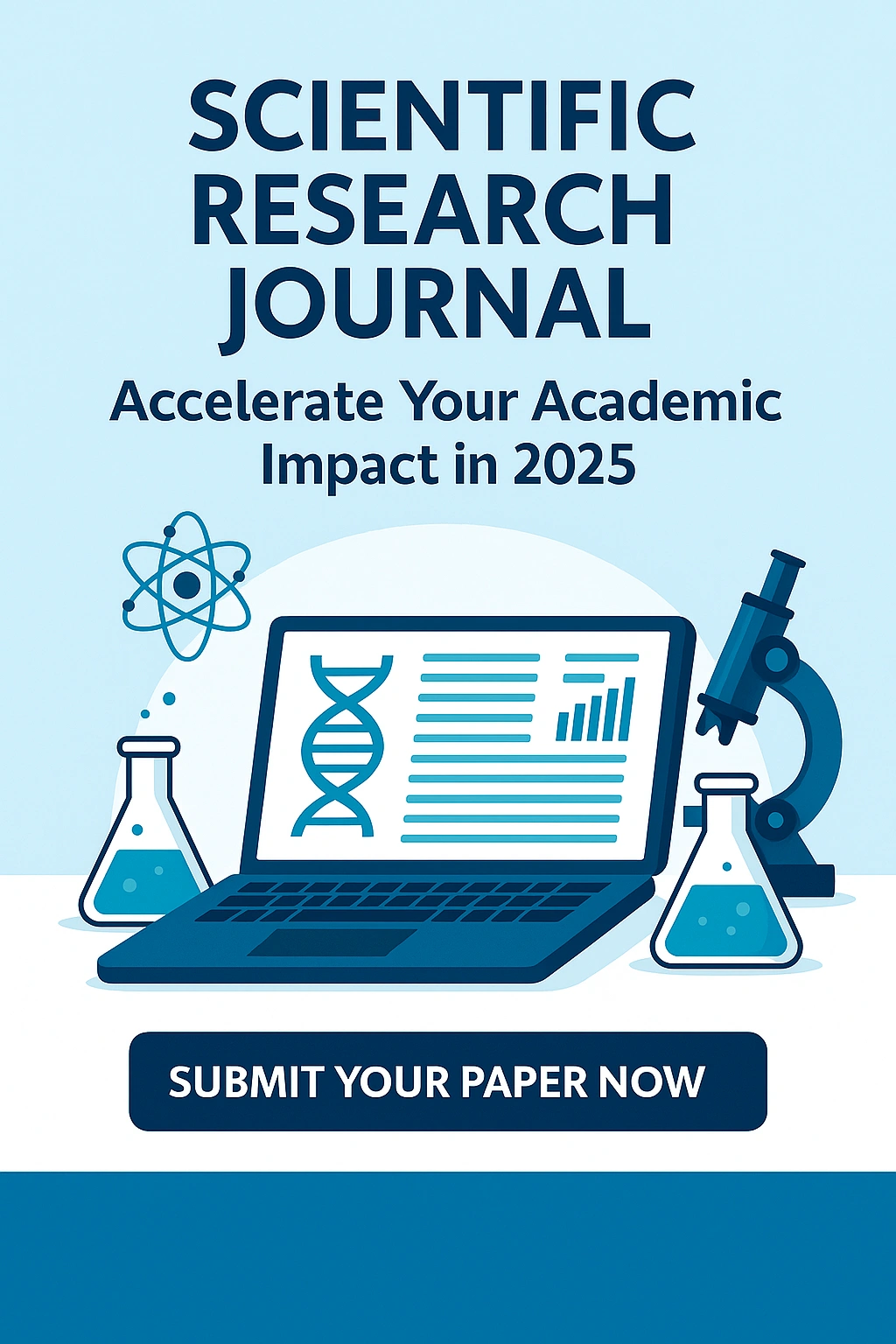Peer-Reviewed Publication: Author Success in 2025
Achieve greater impact with peer-reviewed publication. Learn how quick peer-review journals and fast peer-reviewed publications work, explore peer-reviewed engineering journals, and master strategies for success in peer-reviewed computer science journals. Your expert guide to rapid, credible academic publishing.
Submit Your Peer-Reviewed Paper
What is Peer-Reviewed Publication?
A peer-reviewed publication is a scholarly article or journal paper that undergoes rigorous evaluation by independent experts in the field. Peer review ensures quality, credibility, and scientific rigor prior to publication—vital for academic recognition whether in engineering, computing, or interdisciplinary research.
- Trusted pathway for research validation and sharing
- Used by peer-reviewed engineering journals, peer-reviewed computer science journals, and more
- Advances open science and helps prevent academic misconduct
Types of Peer-Reviewed Journals: Your Best Options
Peer-Reviewed Engineering Journals
- Structural, civil, mechanical, and materials engineering research
- Explore Engineering Structures
Peer-Reviewed Computer Science Journals
- AI, networking, software, and digital innovation
- See Top CS Journals
Quick Peer-Review Journals
- Accelerated review and rapid editorial decisions
- Explore Fast Publication
Fast Peer-Reviewed Publications
- Immediate online release for timely science
- Prominent in Networking Communication
How Peer Review Works: Step-by-Step for Authors
- Prepare and Submit: Ready your manuscript, follow guidelines from our scientific publication page, and submit via the Journal Submission Portal.
- Editorial Assessment: Journal editors check scope, originality, and compliance for a valid peer-reviewed publication.
- Peer Review Assignment: Independent, expert reviewers evaluate content, rigor, and innovation.
- Reviewer Feedback: Authors respond to comments—key in quick peer-review journals and fast peer-reviewed publications cycles.
- Acceptance and Publication: Editors grant final approval; your work goes live in reputable peer-reviewed engineering or computer science journals.
Why Publish in Peer-Reviewed Journals?
- Independent validation and enhanced research credibility
- Improved chance for high citation and global recognition
- Essential for grants, faculty roles, and career progression
- Expedites open science and cutting-edge discovery (Open-access publication info)
- Preferred route for fast peer-reviewed publications in high-impact fields

Author Guidelines for Peer-Reviewed Publication
- Formatting: Use submission templates; clear structure expedites review.
- Originality: Submit unpublished, transparent research; avoid dual submissions.
- Peer Review Response: Address reviewer points promptly—critical for quick peer-review journals.
- Discipline-Specific Submission: Match your work with scientific research journals, peer-reviewed computer science journals, or engineering journals.
- Data Transparency: Share datasets/code for reproducibility and open science.
- Submission Portal: Use the Innovative Computing journal submission system for digital management and quick updates.
Frequently Asked Questions
Research undergoes independent expert review; revisions strengthen rigor. See how scientific publication works.
Timely dissemination, quick citation accrual, and early recognition—especially with fast publication options.
Yes! Each offers different focus, format, and community. Compare at CS Journals versus engineering journals.
Use the submission portal and follow our author guidelines.
Peer-reviewed, immediately public science. See open-access publication for author info.




https://shorturl.fm/709Rn
https://shorturl.fm/ZI1gh
sjo1zh
https://shorturl.fm/ExI4m